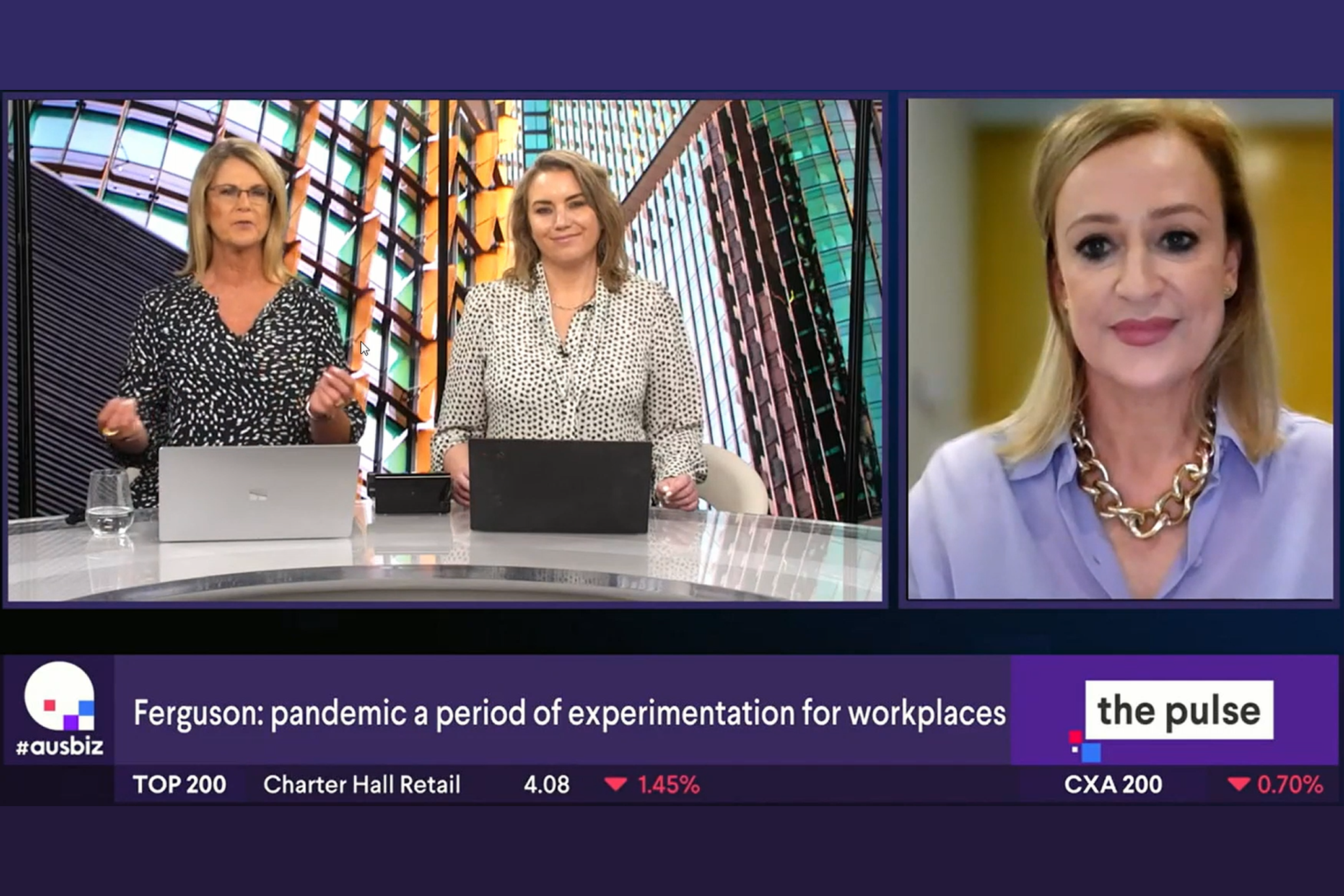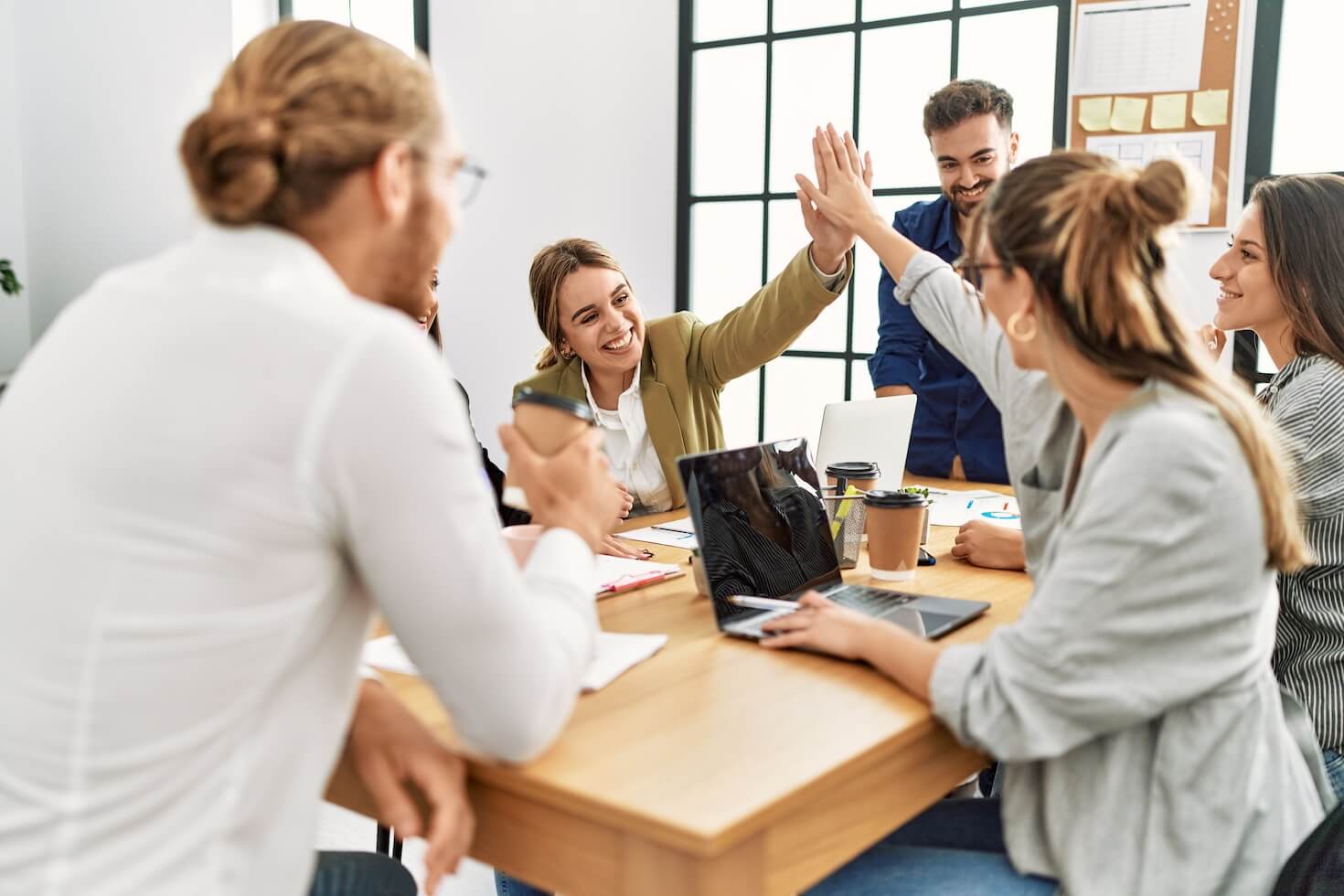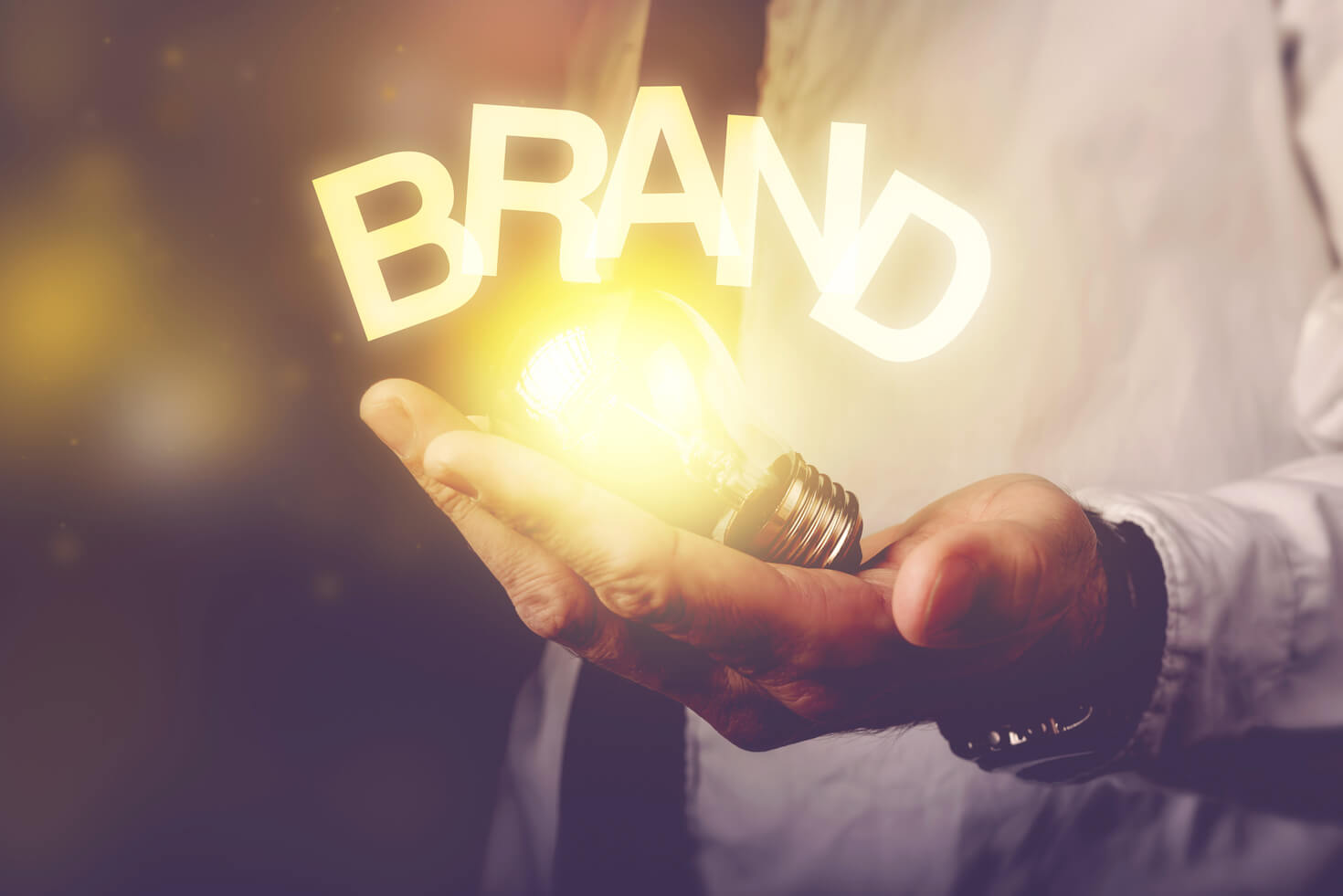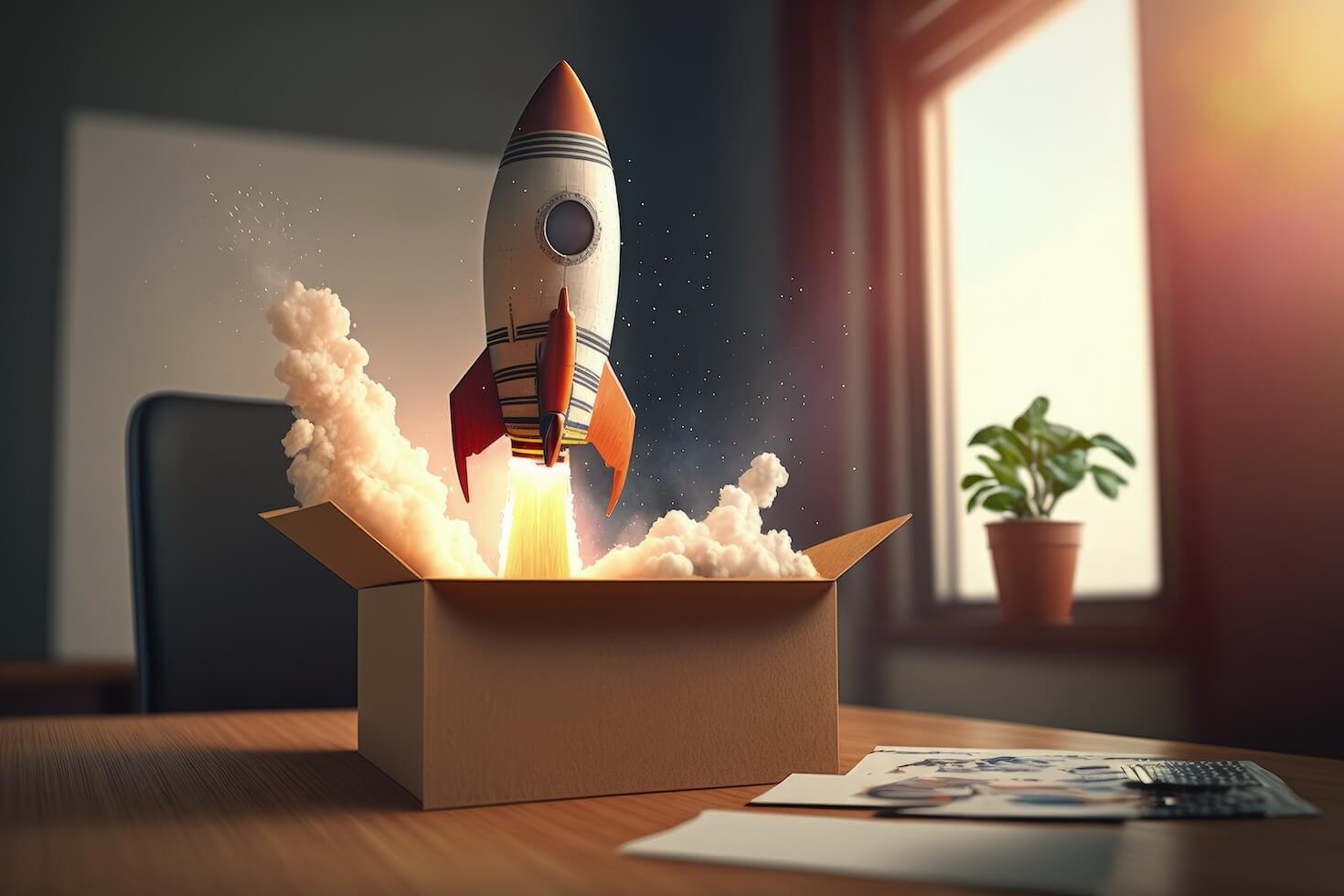In February of 2022, office workers were starting to return to the workplace after 2 years of working from home due to the global pandemic. This was the impetus for many businesses to consider what the employee experience should be, now that working from home had been successful in many ways.
In this interview with Ausbiz TV Angela Ferguson draws on industry research and over 20 years of workplace design to predict five trends for 2022, that may change the way we work. That’s including embracing ‘fun’ and wellness at work and the changing role of a centralized traditional workplace.
Highlights of the conversation are below:
Angela, great to have you on. Look, I guess my first question is, are people getting back to the office now? Have we kind of flipped that 180 from all working from home?
Yes, we’re only just now starting to get back to the office. The last two years have been a time of experimentation and trial and error, as we were all forced to work from home, and really from here on is where we’re starting to re-occupy the office again. So, yes, this is just the beginning of the journey.
What’s interesting is who’s driving the journey? It felt like in the old days, the employer said “you will be here on this day to go to this meeting” Do you think maybe the situation’s flipped these days?
Absolutely. The biggest question that leadership and executives are asking us is “How do we create a new experience of work for our people?” Because they know that people have had the opportunity over the last couple of years to work from home, to figure out what works for them, and the future of work is now an employee-led experience.
Many of our clients are saying “Okay, we recognize the gains, how do we engage people’s hearts and minds and create what they want from the workplace going forward?” So there’s a recognition that there’s still a role for the workplace, that centralized workplace, but it’s very, very different to the way it was in 2019.
We’ve heard a lot about The Great Resignation – is this part of it, that employees just want to find the right way to live?
In Australia we’re seeing more of a Great Renegotiation. Prior to the pandemic the workplace was often design or aesthetically driven, and now it’s a much more holistic approach. What we’re doing for clients is talking to them about how their workplace needs to perform culturally now? What sort of new hybrid working policies do they need to have in place? What are people’s concerns around health and wellbeing? How does their technology support seamless hybrid working?
Hybrid Working means so many different things for many different organisations. Once we start to look at the workplace experience holistically, we can then start to talk about how the physical environment can then start to support some of those aspirations.
Does this make it more challenging to be a manager, Angela? Because you’re assuming your employees are working. I mean, short of green dot versus red dot versus, you know, whatever on your screen. How is the new employer managing people without being a ‘Big Brother’?
There’s a much higher level of trust and for a lot of the businesses that we’re working with the sentiment really is that their people have demonstrated over the last couple of years that they’re very autonomous, they’re very responsible, they are very accountable. They haven’t dropped the ball at all. In a lot of cases, people have been more productive when working from home. Yet we know that the things that people are really missing from work are the social connections.
The most progressive employers are recognizing that we need to build those social connections into people’s work cultures so that you get a lot more engagement and work becomes this thing that’s actually quite enriching now.
Angela, what other trends should we be looking out for, for 2022?
One of my favorite trends is that there is a lot more fun at work. People want to be in the office to connect, those social connections as I mentioned are the things that we’re missing, so businesses are really trying hard to provide opportunities for this to occur.
We’re also starting to see that wellness and neuro diversity are being incorporated into the day to day of people’s activities. Things like walking meetings, colour theory, spatial diversity have now become essential. Leadership and culture, along with interior architects, are really driving a lot of those initiatives.
We’re also seeing that workplaces are much more fluid. The genie’s out of the bottle, it’s proven we can all work from home – yet work from home is not the be all and end all. We still need that centralized workplace for people to physically connect with each other.
And yet the centralized workplace looks very different now, and there’s a recognition that it makes up just one part of the workplace experience. Public spaces, hospitality spaces, a restaurant – these are all very valid places to conduct business now, as well as our homes. These are all an important part of that overall holistic story of the workplace environment. What we do is leverage this and work with businesses to create a really deliberate strategy around which elements of those are the most appropriate for a particular business and culture.



